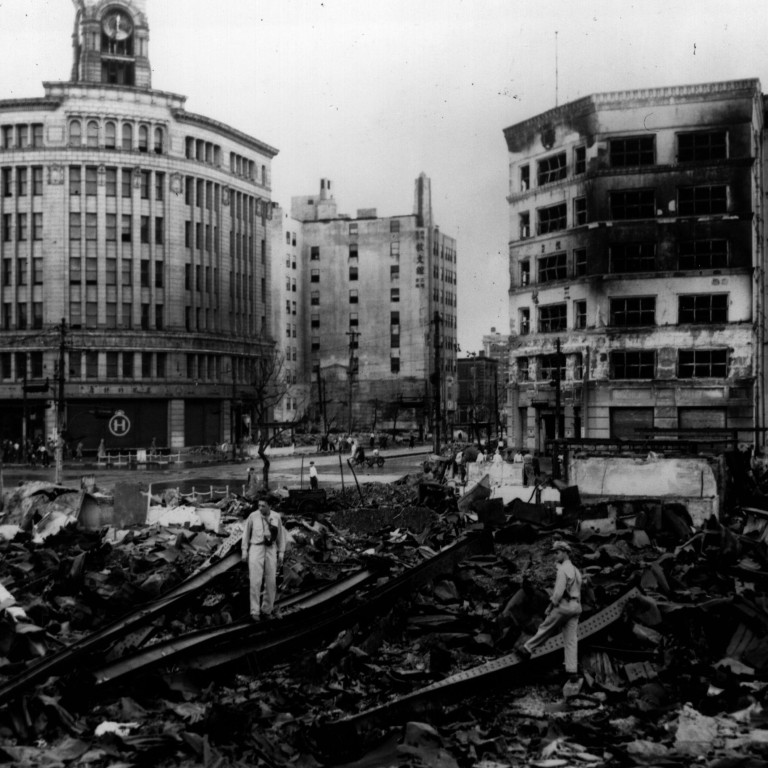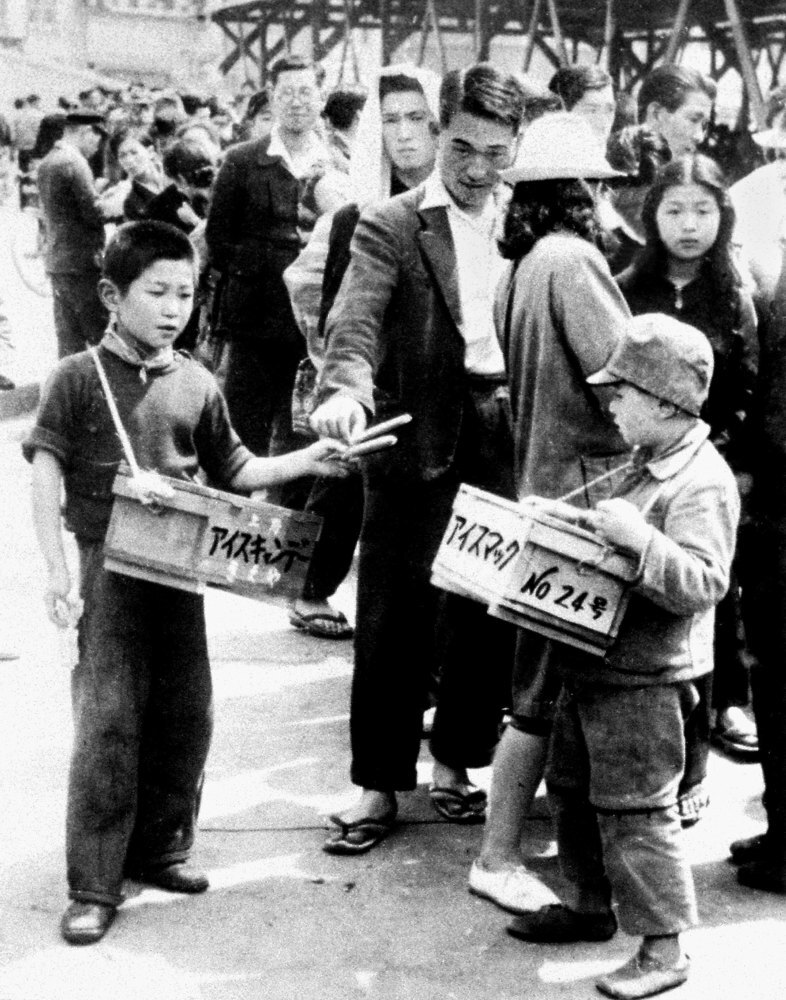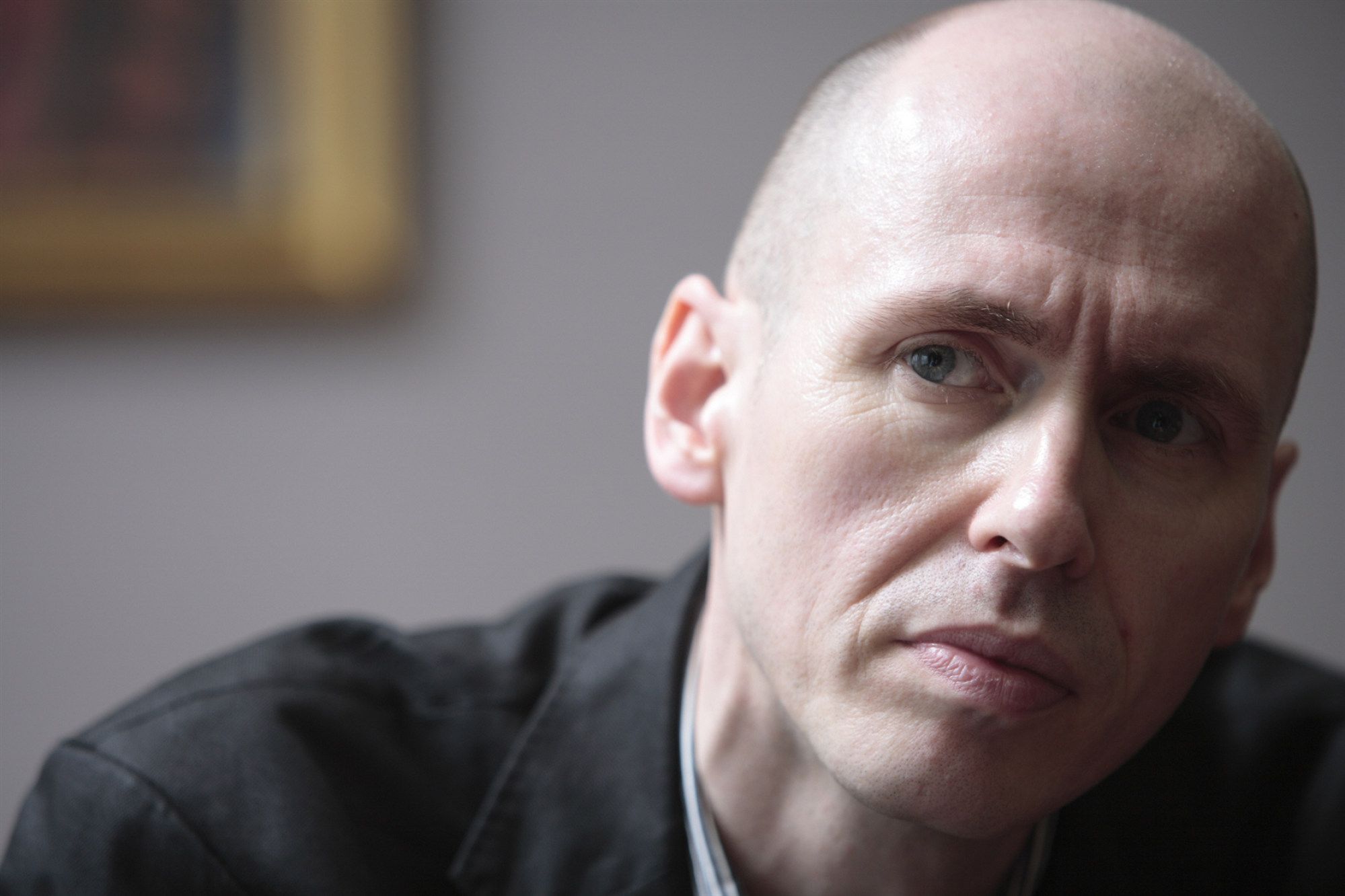
To understand Tokyo, grasp the impact of Japan’s occupation after its defeat in World War II, says the author of a neo-noir crime trilogy set in the city in the 1940s
- British author David Peace’s Tokyo redux completes a trilogy begun 14 years ago. The books are the fruit of his obsessive search for traces of the city’s past
- In Tokyo Redux, a beaten down American detective worthy of a Dashiell Hammett novel investigates the mysterious killing of a Japanese corporate boss
Tokyo Redux by David Peace, pub. Knopf
With Tokyo Redux, David Peace’s dark, deep and often twisted neo-noir Tokyo trilogy set in post-war Japan reaches its apotheosis. Peace is partly relieved.
The series, based on true stories and still unsolved crimes, has absorbed 14 years of his life. Speaking from his home in Tokyo, the Yorkshire-born British author says: “The crimes that form the focus of the three books are central, but it’s the period that is omnipresent.”
That period is that of the American Occupation of Japan, from 1945 to 1952, when American soldiers patrolled the streets and General Douglas MacArthur was the Supreme Commander, eclipsing even the emperor in power. Crime and vice ran rampant, fuelled by poverty, desperation and an overwhelmed police force. “It’s a key moment in the country’s modern history, though often overlooked, especially outside Japan,” Peace says.

He believes that to understand Tokyo now it is imperative to comprehend the impact of the occupation: “From the limitations on Japan’s military, to the seemingly incongruous persistent strength of the Communist Party in Japan, you have to appreciate that this contemporary Japan is a post-war society forged in those years of the occupation.”
And those years were grubby and chaotic, the city a mass of heaped rubble and still-charred timbers. For insight, Peace recommends watching old films such as Tokyo Joe (1949), starring Humphrey Bogart, or Yasujiro Ozu’s Tokyo Story (1953). “These movies, and the photography of the time, reveal the city as it really was in the aftermath of the war,” he says.
Peace begins Tokyo Redux four long years into the occupation, at the offices of the city’s Public Safety Division:
July 5, 1949 – The Occupation had a hangover, but still the Occupation went to work: with gray stubble shadows and damp sweat stains, heels and soles up stairs and down corridors, toilets flushing and faucets running, doors opening and doors closing, cabinets and drawers, windows wide and fans turning, fountain pens scratching and typewriter keys banging, telephones ringing and a voice calling out, For you, Harry.
That’s police investigator Harry Sweeney – American, way out of his comfort zone and investigating the disappearance of President Sadanori Shimoyama, head of Japanese National Railways, just a day after he fires 30,000 staff. A missing person case becomes a murder investigation when Shimoyama turns up headless. A lone wolf killer; a Communist Party-sanctioned assassination; a messy private life; old grudges that go back to the war? And so, as Raymond Chandler said of his creation Philip Marlowe: “Down these mean streets a man must go who is not himself mean.”
I felt I had to write these books, to tell stories of the city I inhabited, to recreate its recent past and try to understand its contemporary form
But, unlike Marlowe, Sweeney’s no wisecracker or lady-chaser. According to Peace, the detective is from the world of Dashiell Hammett, Chandler’s harder-edged precursor. He cites, in particular, Hammett’s The Glass Key (1930), a bleak novel in which “there are essentially no characters with redeeming features”.
Bleak is a word that also describes Sweeney, who drinks too much and is prickly and cold. But in Tokyo Redux we warm to him, rooting for the American to pull himself out of the gutter. Peace’s occupied Tokyo is a world in which the justice system is stymied, friendships are destroyed, everybody is ambiguous, Sweeney included.
The emotionally desolate, traumatised world of post-war Japan has been the leitmotif of the trilogy. All are stand-alone novels, but best read in order to understand the changing city, the shift from the slow emergence from the rubble towards a society embarking on economic recovery.

Tokyo Year Zero (2007) follows Detective Minami of the city’s Metropolitan Police through the firebombed wreckage in 1946 searching for the killer of two young women in Shiba Park. Occupied City (2009) jumps to 1948 and a daring bank heist that kills a dozen employees. But in Tokyo Redux, Peace tries something far more ambitious than the previous novels.
He sat back down in his chair at his desk, his collar wet, his shirt damp. He took out his handkerchief. He wiped his neck. He tried to unstick his shirt from his vest, then to straighten his thinning hair, the smell of his hair and his clothes fighting with the stink in the corner, the trash can by the door, the ashtrays on his desk, the alcohol on his breath.
Fifteen years later but, as with Sweeney, Murota’s Tokyo is broadly still Peace’s grim post-war world. Murota is consumed by the case, as was Sweeney, and finds the same levels of obfuscation thwarting him. And he is, yet again like Sweeney, another cipher for the city that is Peace’s fascination. A passion expressed throughout the book in his emblematically staccato scenes – on the subway, in bars, hotel lounges, through the nighttime streets of 1949:
Harry Sweeney wound down the window in the back of the car […] driving through the city, along Avenue A, then up Avenue W, under the railroad tracks, through the crossroads at Gofukubashi and on past the Yashima Hotel, turning left by the Shirokiya department store, then over the river at Nihonbashi, past the Mitsukoshi department store.

Fast forward to 1964, as Murota hunts for surviving records of the Shimoyama case, he walks across the city along Yasukuni-dori, over the crossroads and the streetcar tracks, through Kanda-Sudacho, and Ogawamachi, along Yasukuni-dori and into Jimbocho.
Peace works hard to get the details right, not least by spending many hours searching for old maps and gazetteers in Jimbocho, the city’s used-bookstore mecca. Tokyo’s cityscape has changed vastly, and repeatedly, since 1949, 1964, and even 1988, when the third and final part of the novel takes place. How can you possibly retrace the map?
Not easily. “The Yashima is long bulldozed, the streetcar tracks long torn up,” Peace says. But he believes it is just possible to find that older Tokyo. “If you walk the city comprehensively, compulsively, it is just possible to capture an essence of what the city was like in 1949 and even before the war – traces, outlines, threads to grab at.”
Peace has frequently flâneured the streets of Tokyo since he first arrived in the city in 1994, the stories of the Tokyo trilogy in his head brewing, developing.

Tokyo Redux is not a casual read. It requires close attention and a willingness to allow Peace’s immersive style to suck you in, dark as it may become. It is high-noir, so there are not necessarily happy endings. But with Tokyo Redux, Peace has exorcised his own Tokyo demons. “I felt I had to write these books, to tell stories of the city I inhabited, to recreate its recent past and try to understand its contemporary form,” he says.
The trilogy is now complete, but not, perhaps, Peace’s obsession with Japan. That, he insists, “still persists, and who knows what may come to the boil next”.

